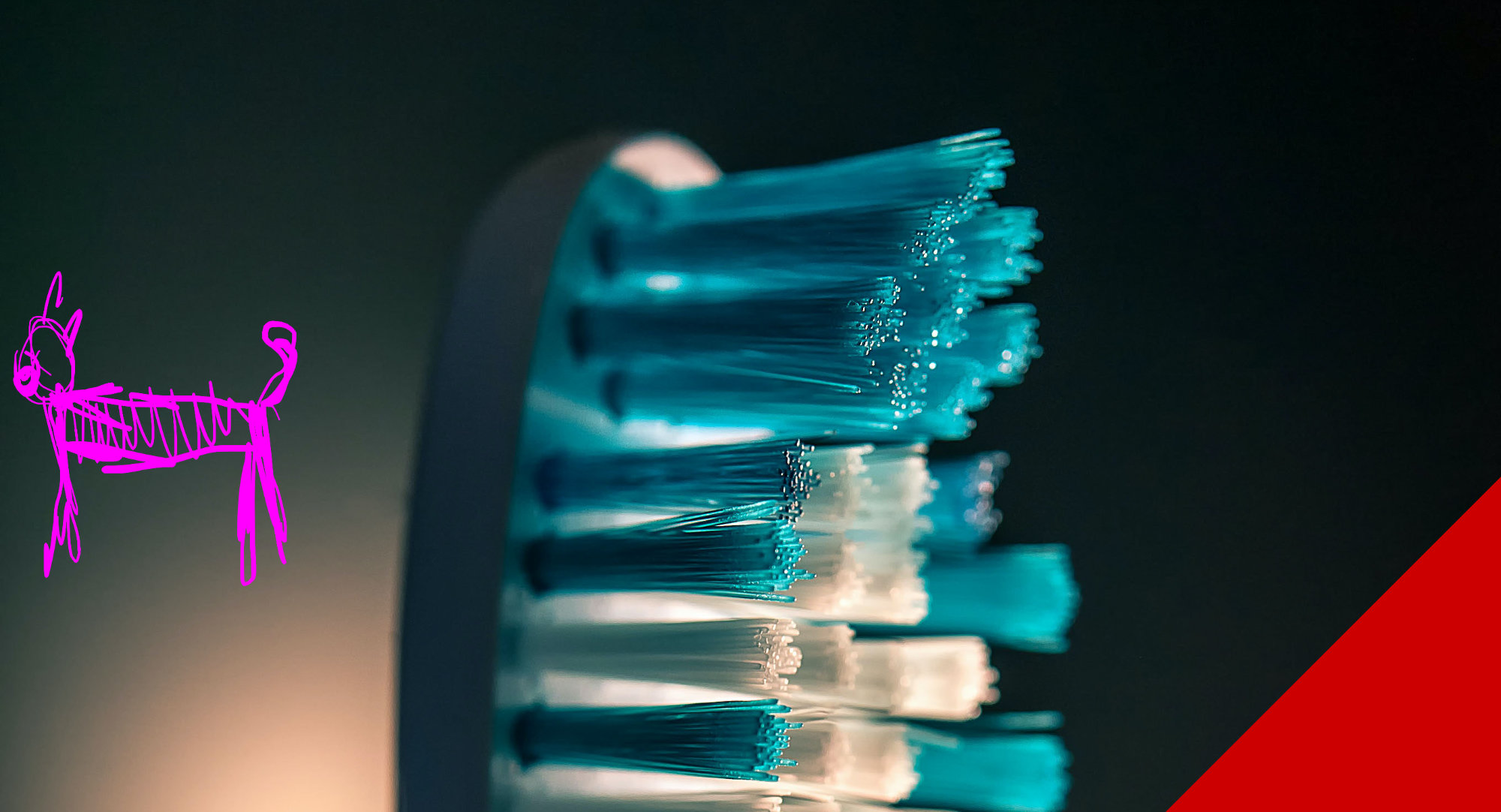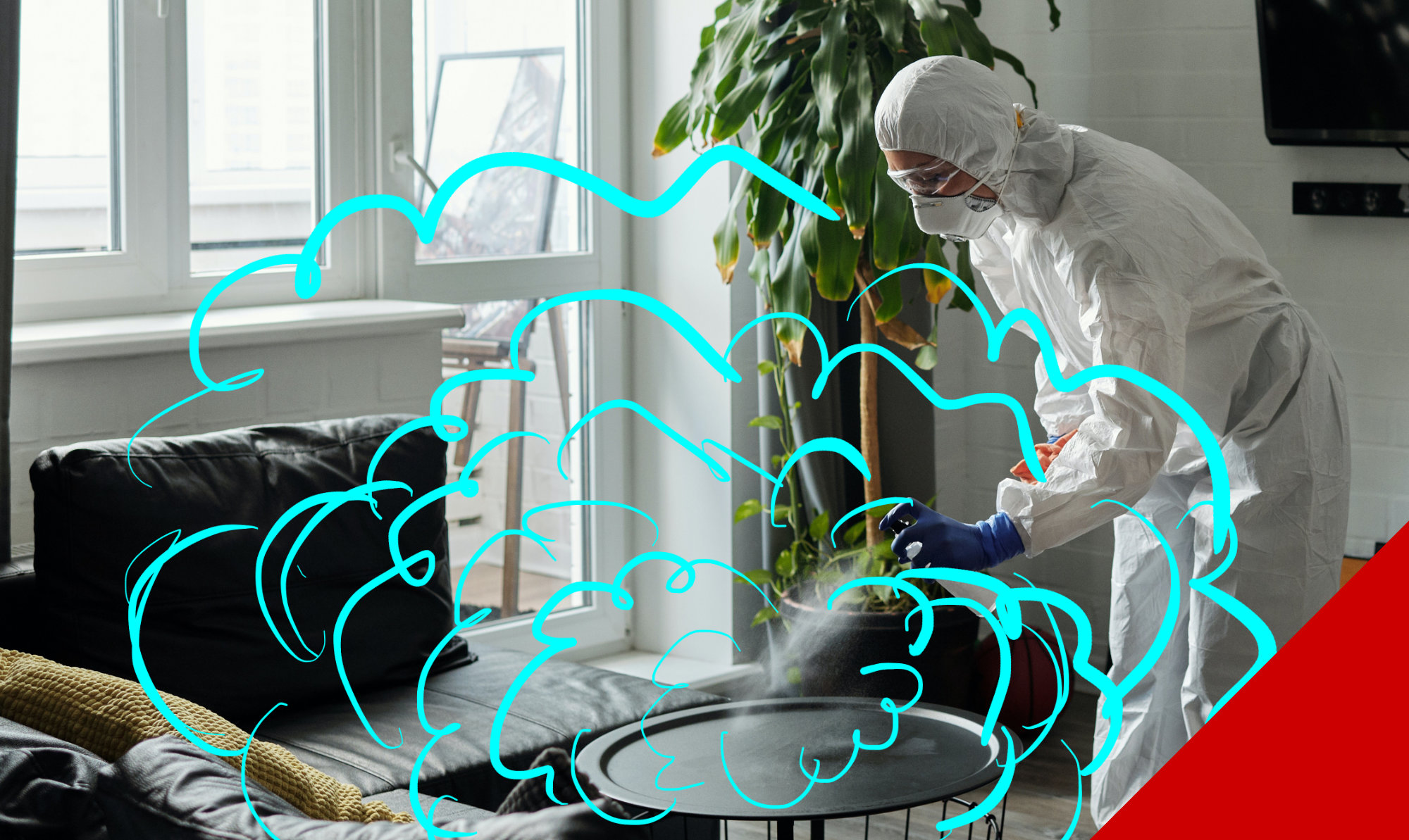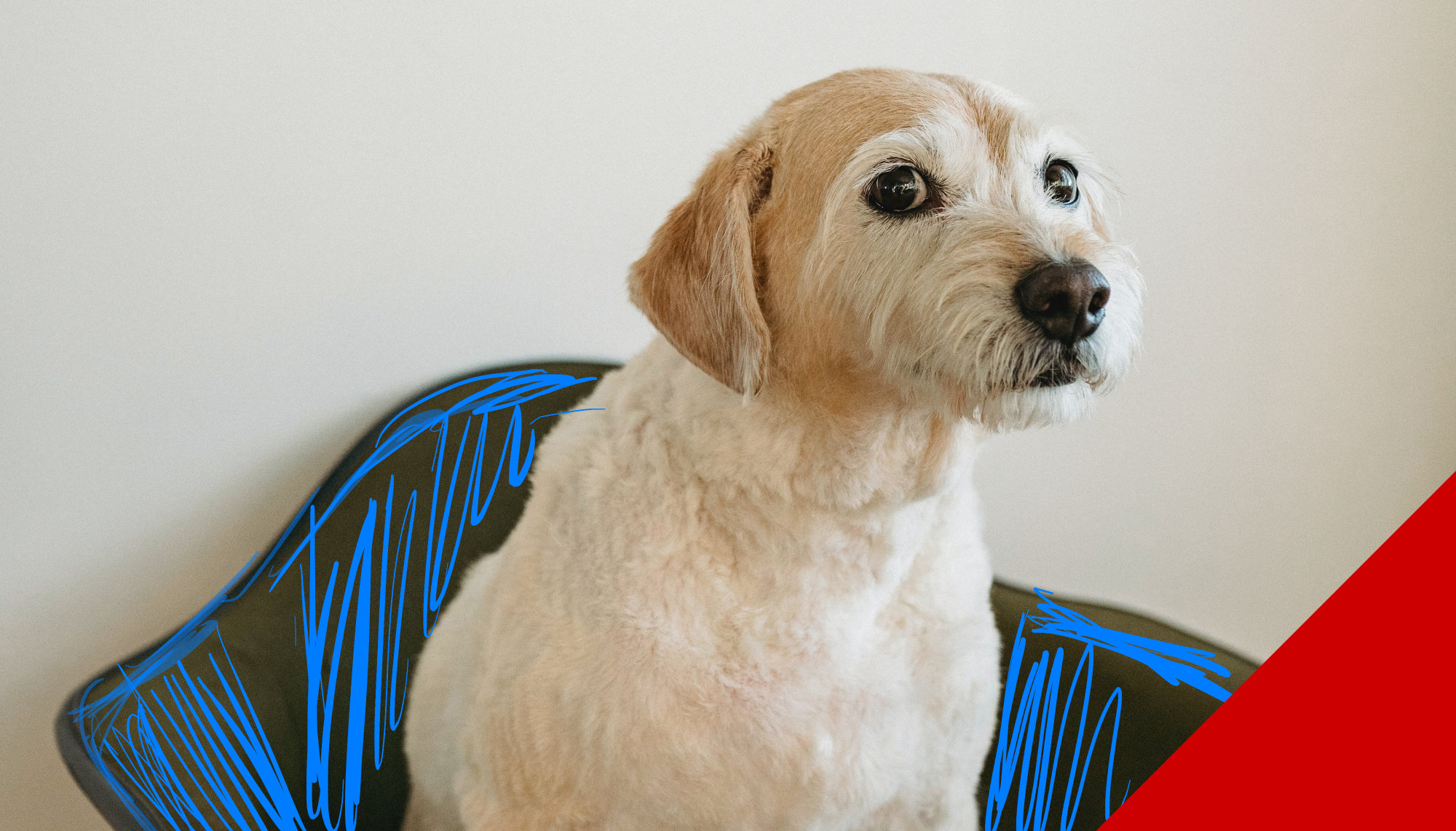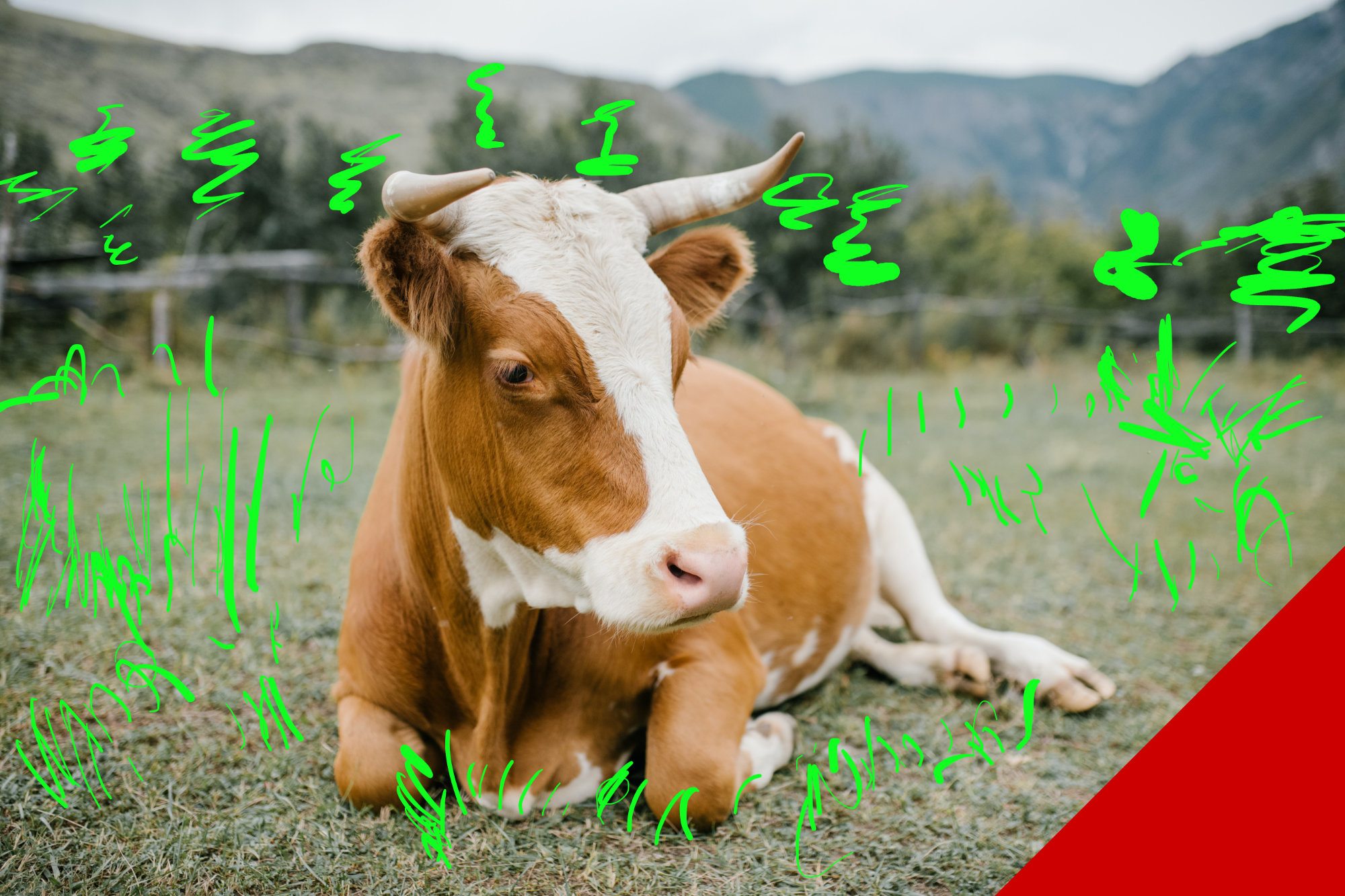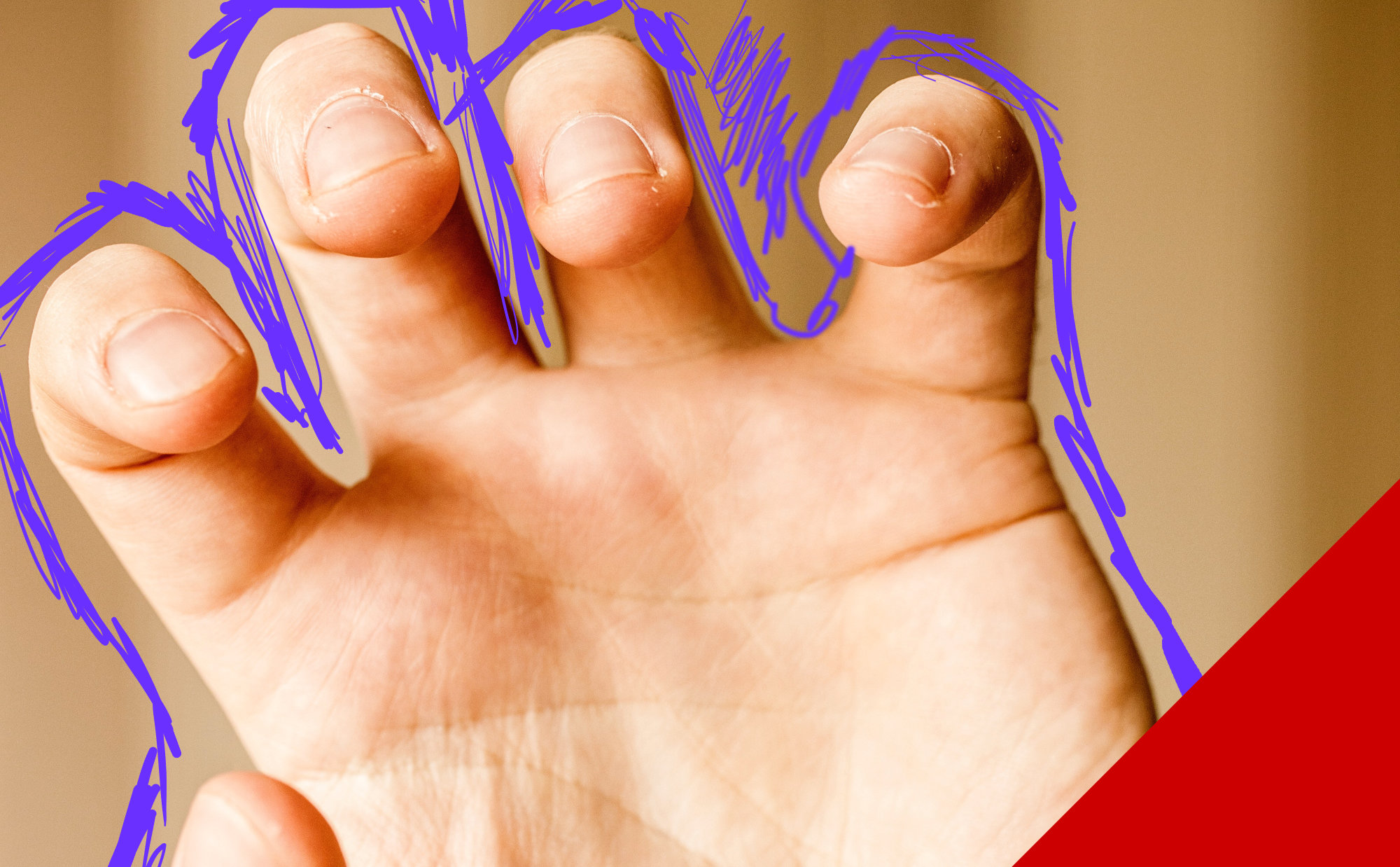
One incredible part of taking a commercial acting class from Chuck Marra & Megan Foley Marra was the opportunity to sit in on a whole day of auditions. I sat in the back of the audition room with two other students watching 67 actors. We heard the same four sentences about an Indiana gas company over and over. It was eye opening.
These people didn’t all look identical, so they weren’t just chosen for their type or their appearance. They were vetted candidates who the casting directors thought would most likely be able to execute the script. These people sucked. At the end of the day, I felt like three of them were even capable of doing the job. Two of them would do well.
During the auditions, they tried to…
- compliment us (who they thought were the client)
- make small talk
- make jokes about their performance
- sweat a lot
- improvise lines
- add a lot of physical movement
- really shine
They were instructed to…
- read the script ahead of time ( commonly you memorize it voluntarily )
- listen to direction ( basically stand there, smile and confidently say the line)
- dress conservatively and casually
- say the lines
Most of them didn’t do all four of them those things.
This blew me away. I had been one of these offenders at past auditions, but mostly I thought I was always going up against people who followed the directions. I thought it was a competition between people for the right look and the right powerful acting.
I want to remind you, these people had all been prescreened by their resumes, agent affiliation, and track record. 64 out of 67 were likely to embarrass the casting director on set.
I’ve done a lot of casting since then
I keep seeing similar things. When we do what’s requested we’re 95% of the way to getting the job. Being good is so much less important than being passable.
